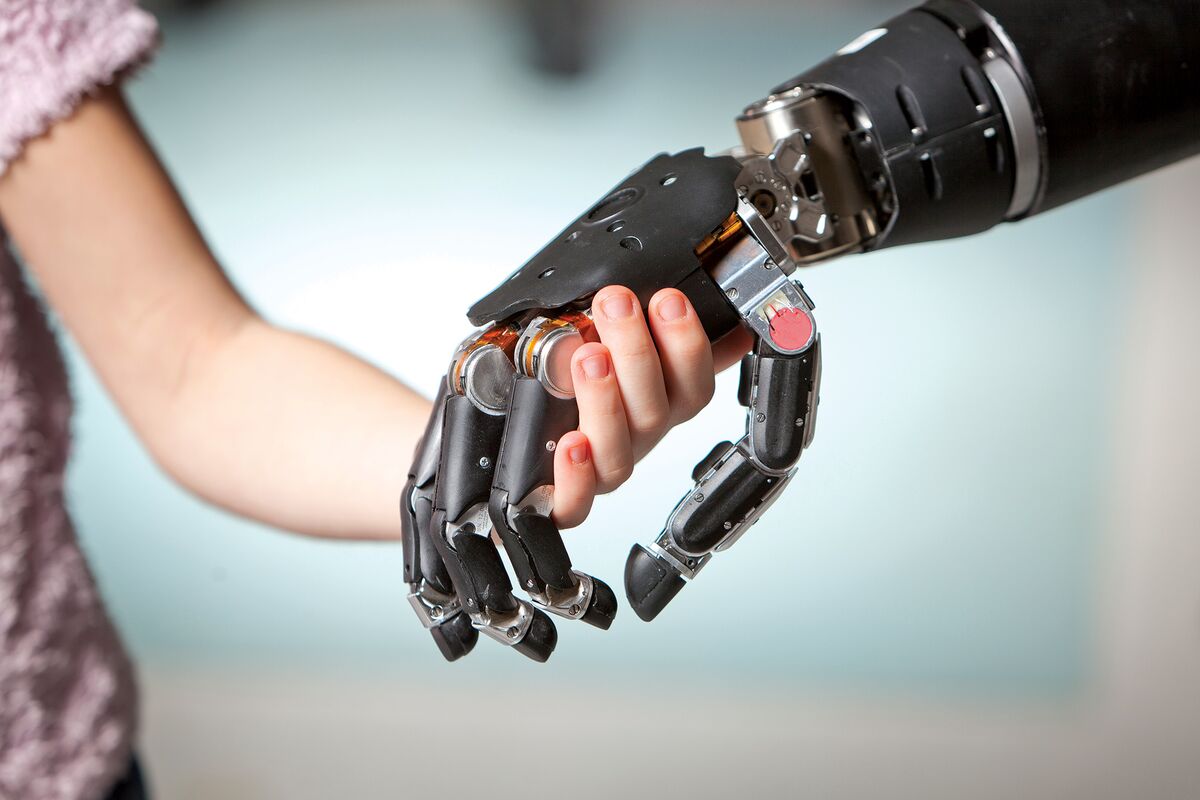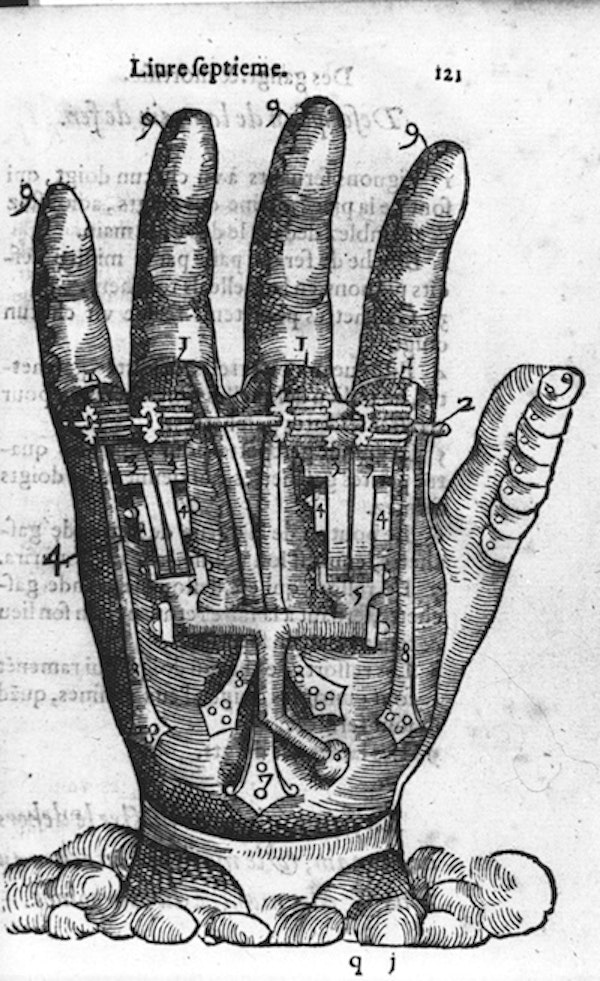History of Prosthetics
Prosthetics have been around for thousands of years and have been life-changing for many people all over the world. The first example of a prosthetic was found in Egypt between 950-710 BCE. The prosthetic was a toe that belonged to a noblewoman during this time and was necessary to be able to wear traditional Egyptian sandals. This prosthetic was made from wood and leather. Prosthetics were used 2000 years later during the Dark Ages, and armored knights relied on iron prosthetic limbs. These limbs weren’t that functional during this time but were mainly used for the purpose of hiding the lost limb.
During the 1500s, Ambroise Pare became the father of modern amputation and prosthetics. Ambroise Pare was a surgeon and anatomist who was the official surgeon to 4 four french kings. Ambroise invented both upper and lower limb prostheses. These devices had harnesses and knee lock controls to increase functionality. These prosthetics aimed to mimic the function of biological limbs as prosthetics were mainly used for cosmetic reasons. Materials such as wood were primarily used for prosthetics, but Ambroise began to use lighter materials such as paper and glue. The civil war and world wars would lead to new advancements in technology. After the civil war, J.E Hanger invented the “Hanger Limb,” and the company he founded remains a leader in the prosthetic industry today. After World War 2, the US government provided funding to military companies to improve prosthetics’ function, which led to modern materials such as plastic, aluminum, and composite materials being used more frequently.
Technological advancements in recent years
Functionality is one of the most important things to developing a prosthetic. New advancements in recent years have increased feeling and touch within different prosthetics. Despite these advancements, many people still find prosthetics to be hard to control. The brain is made up of 100 billion nerves that communicate through connections called synapses. The brain sends signals through the nerves for an arm or leg to work. This is challenging as neuroscientists do not know how to interpret these signals accurately, and this causes issues with controlling movement in these prosthetics. Moving fingers or rotating a wrist is complicated because the muscles that control these movements are no longer there.
Artificial intelligence is increasingly becoming more popular as the years go by. Within the past couple of years, AI has been instrumental in shaping the future of the way prosthetics work. AI has been used to decode signals and learn the person’s intention based on the nerve signals that it senses in the arm. People are able to control a prosthetic through their thoughts using advanced prosthetic technology. This might confuse you as you may wonder how someone’s thoughts can be detected through a prosthetic and how this could be used for a prosthetic hand. Electrodes are implanted to pick up the brain’s signal, and a computer then translates the signal to the hand. Sensors in the prosthetic are connected to the computer and help to return the sense of touch in the hand. AI decoders are able to recognize movements such as pinching and touching. For this to be able to come to fruition, the prosthetic user must wear a data glove and perform certain movements so that the nerve signals match the other arm. Recent innovations have also led to a prosthetic not even being needed. This is possible by using a computer to route brain impulses and is implanted in the head to stimulate movement.

Challenges
There are some challenges to the future of prosthetics. One of the challenges is the high cost and increasing accessibility to people worldwide. According to the World Health Organization, 35-40 million people are in need of prosthetic devices. Cheap 3D printed materials have helped lower the cost of prosthetics, but most advanced prosthetics remain inaccessible for most individuals. The research and materials are what cause prosthetics to have such a high cost. There has been a shortage of chips recently due to the pandemic, which only leads to a higher price hike. Maintenance is also another challenge, as these prosthetics must pass testing and may need replacements depending on the case.

Conclusion
Artificial intelligence is still new to many, but recent advancements show that it will change our world. Many people are scared of the harm AI will bring, but there is also good that will come from the advancement in AI. The use of artificial intelligence prosthetics will be instrumental in replicating the full functionality of a biological limb. As more resources become available such as chips, the price of prosthetics will decrease, and people who need them will be able to access these new devices. We are still in the early stages of AI prosthetics, so it will be interesting to see how it develops in the future.
